White Horse Inn
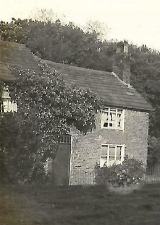
The White Horse Inn (which is now Church View Cottage) was built in 1737, the foundations of which were built on rock. The walls of the cellar were made of thick stone, ideal for storing kegs of beer. The road that this premises was built on used to run at the rear of the church, between the inn and the old police station opposite.
This is shown on the 1847 Ordnance Survey map of Halsall and by the fact that the properties on each side of what was the old road, now face each other.
According to Edward Baine’s in the History of the County Palatine Duchy of
Lancaster, 1836 Volume 4, the innkeeper of the White Horse Inn in 1821 was James Pye. Unfortunately, this is the only information we are given so it is not easy to
ascertain which James Pye this could have been! In addition, Thomas Kirkland Glazebrook, in ‘A Guide to Southport’, published in 1825, mentioned James Pye as the innkeeper:
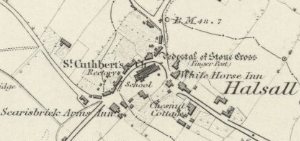
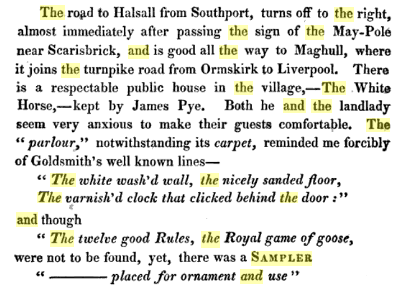
In 1841 there was still a James Pye, KH7R-RLG, living in the centre of the village who was listed as a farmer in the census records. He was married with children and later lived and farmed at Halsall Hall. If this James Pye was the landlord in 1821 and
1825, he would have been in his 20s so it is possible we have the correct person.
Furthermore, it seems to be a common occurrence at this time for innkeepers to have other occupations, in particular links to farming. James Pye’s brother, Thomas, was also an innkeeper – at the Blue Anchor in Aintree in 1841 – could this be another
indication that we have the correct James Pye?
Interesting information about the White Horse Inn
According to Glazebrook’s Guide a sampler hung on the wall in the parlour above the chimney piece in the White Horse Inn. A sampler is a type of needlework, often framed and completed by a young girl. In this case the work was fashioned by 11 year old Jane Fazakerly and read as follows:
See Time steals on, and shakes the running sand;
Nor will one moment for a monarch stand.
Youth, Beauty, Wealth and Title, all are vain
He runs alike – the Palace and the Plain.
The works of art, the Temple and the Bust,
Alike by him are crumbled into dust’.
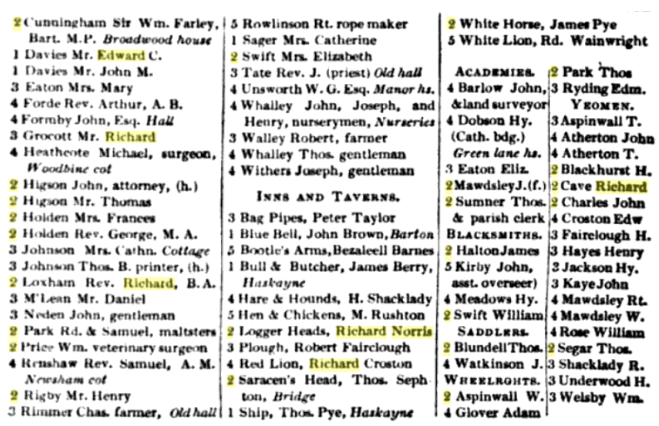
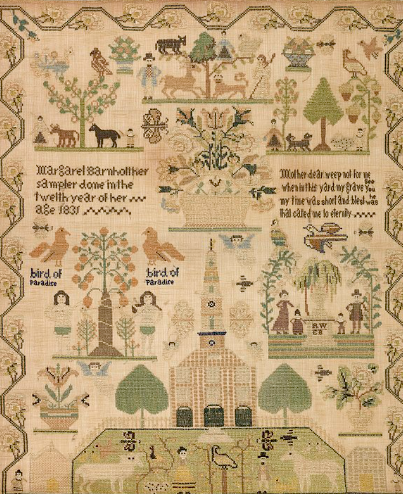
In March 1892, the Cropper family of Halsall Hall, noted in their farm diary that they had paid the princely sum of £1 0s 0d to the White Horse Inn. Perhaps this was in connection with the wake of farmer, John Cropper who died in January 1892.
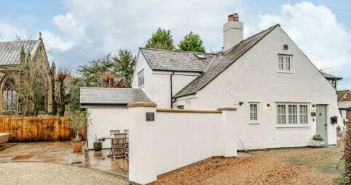
The garden of Church View Cottage was once the playground of the ‘Old School’ on Summerwood Lane.
During WW2, some of the villagers of Halsall used the cellar of the old White Horse Inn to shelter from air raids.